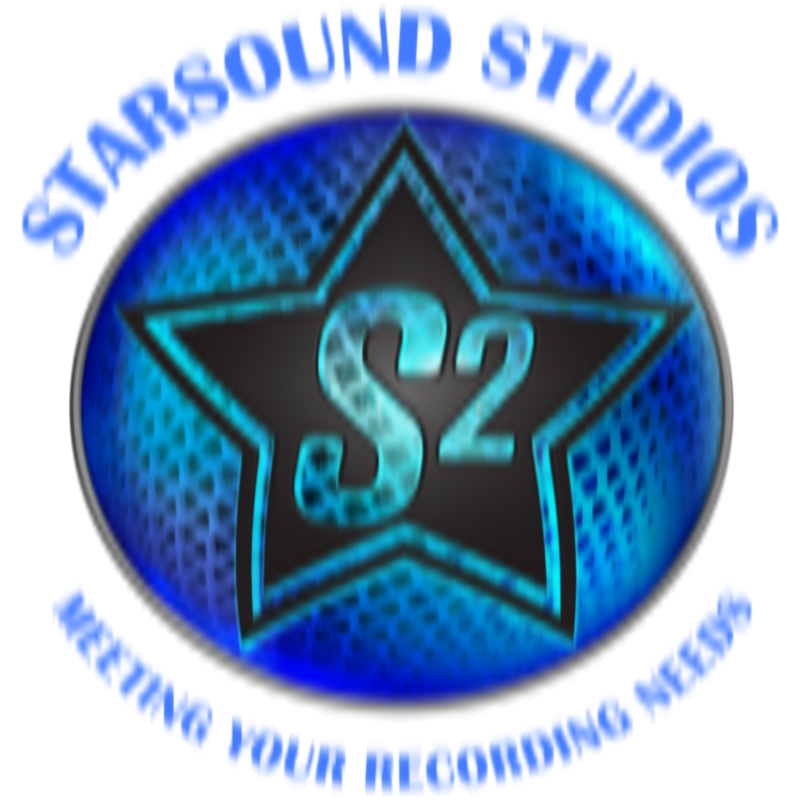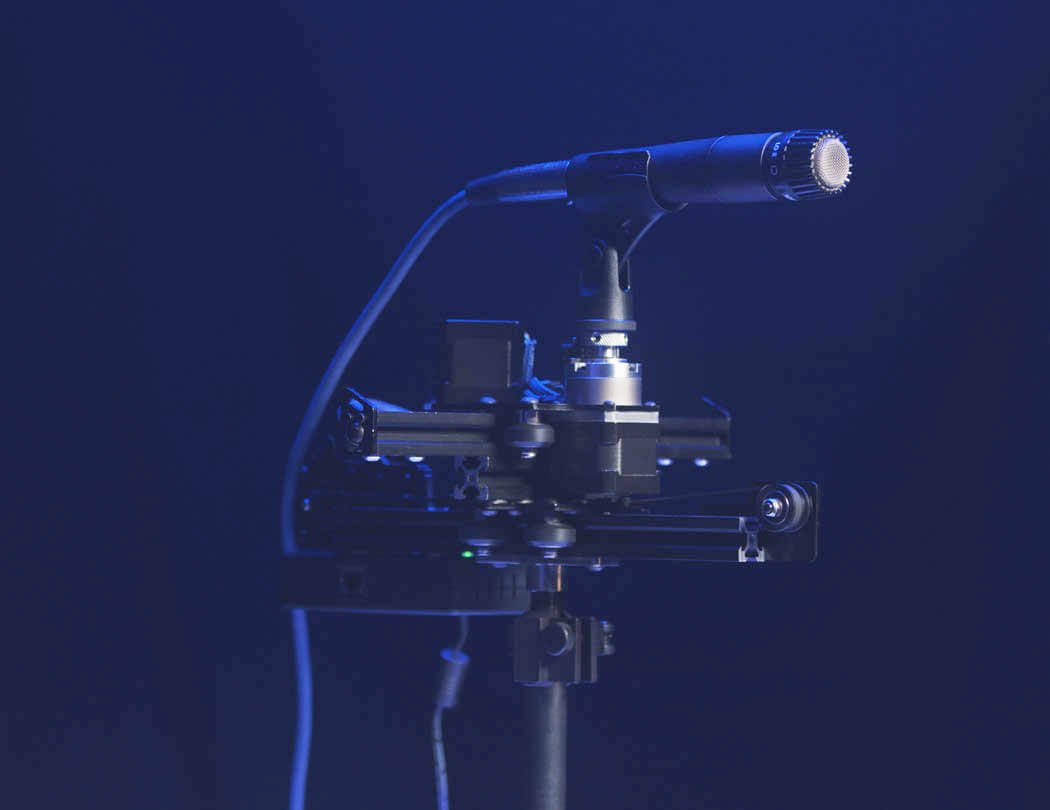Recording Bass Guitar At Starsound Studios
Recording bass guitar at Starsound Studios is a process. We use a four-step method when recording bass guitar.
First, the player must be comfortable with their sound. So we dial in the music coming to their headphones. The Behringer personal headphone mixer allows us to bring 16 channels, so mixing is a breeze. Choose the mixing board channel, turn it up or down, and proceed in that fashion until you get what you need to lay down a good take.
The second step to recording bass guitar is making sure the incoming signal into our DAW is in the sweet spot of the A/D converters. Insert a seven-band EQ on each bass channel and check the meter within the EQ to make sure it reads -16Db. Our ProTools converters align to -18Db. But they are tolerant by a few Db. The EQ provides a meter with a -16 setting, perfect for this step. Once the incoming signal is where we like it, the EQ is no longer needed.
The third step in recording bass guitar is using the Dynamount Remote Microphone Mount to dial in the amplifier sound coming out of the monitor speakers. Move it toward the cone to get a higher frequency response. Move it toward the outside edge of the speaker for a lower tone. We also have a stationary microphone on the tweeter of the bass cabinet to catch the snap of the strings. The blend between the two will end up being the bass sound.
Finally, the band will record together. Have the band record only a portion like a verse, middle, and chorus. Listen to the recording to evaluate where the problems lie. For example, with recording bass guitar, the problem lies in the relationship with the kick drum. Once you choose which one you want to be at the very bottom of the song, go back to step three and tweak the setting on the Dynamount. This procedure will either raise the EQ of the bass or lower it, depending upon your preference. Now re-record the same verse, middle, chorus to see if that fixes the problems. If it does, you are ready to record for real. If not, go back to step three. Keep working on the sound before recording it for real.
Here are our final thoughts when recording bass guitar in the studio. Step three is enormous. You will repeat that step multiple times. What you want is a finalized record sound before laying a track down. Taking the most care during this step is critical. There is no such thing as fixing it in the mix. You only make it less miserable. Until next time!

